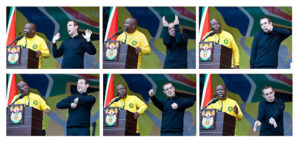There is no nipping NPIT in the bud! This year, the 4th International Conference on Non-Professional Interpreting and Translation (NPIT4) was held on African soil for the first time. The conference was hosted at the Stellenbosch Institute for Advanced Studies (STIAS) from 22 to 24 May. In addition, the first official Conference of the Association for Translation Studies in Africa (ATSA) was held on 25 and 26 May, also at STIAS. This way one could spend a whole week engaged in issues pertaining to translation studies and related fields – right here in Stellenbosch, but in international company.
In communities that use a range of languages, various kinds of mediation occur. NPIT4 centered on “finding a balance between required skills and available resources in non-professional interpreting and translation”, with the organisers themselves acknowledging that the designation ‘non-professional’ was rather fuzzy and was often interchangeable with ‘ad hoc’, ‘volunteer’, ‘informal’ and ‘limitedly trained’. The SU Language Centre joined the conversation by presenting three papers at the conference.
Dr Kim Wallmach (Director of the Language Centre) and Petri du Toit (a former postgraduate student of Dr Wallmach and a television interpreter) opened the Language Centre offering with a paper entitled ‘Framing South African Sign Language (SASL) interpreting: Pictorial representations of SASL interpreters from 1994 to 2018’. Another paper on their research on Deaf/hearing interpreter collaboration followed, entitled ‘Camera rolling … and … action!: What collaboration holds for Deaf and hearing interpreters on set’. Rounding off the triad of presentations, Carmen Brewis and Risha Lötter, two educational interpreters at the Language Centre, shared some first-hand insights on educational interpreting in their paper, ‘Towards more effective facilitation of interpreter-mediated university classrooms – a critical reexamination of ‘role’’.
An informative and enlightening atmosphere enveloped the three-day event, not only during the official presentations, but also during informal discussions on the sidelines. Communication experts from across the world were happy to share their knowledge, insight and experience. One colleague commented that she was struck by the great need for interpreters and translators in Africa. Another mentioned thoroughly enjoying the keynote address on neuroscience and translation by esteemed translation studies scholar Prof Maria Tymoczko. A third remarked that it was interesting to see a new trend in the profile of delegates – professional conference interpreter trainers who had previously done conference interpreting research were now starting to apply their research to dialogue or public service interpreting as well.

Petri du Toit, a sign-language interpreter, in action interpreting a speech by Julius Malema.
Petri co-presented along with Dr Kim Wallmach of the Language Centre at NPIT4. (Photo: Times LIVE)



